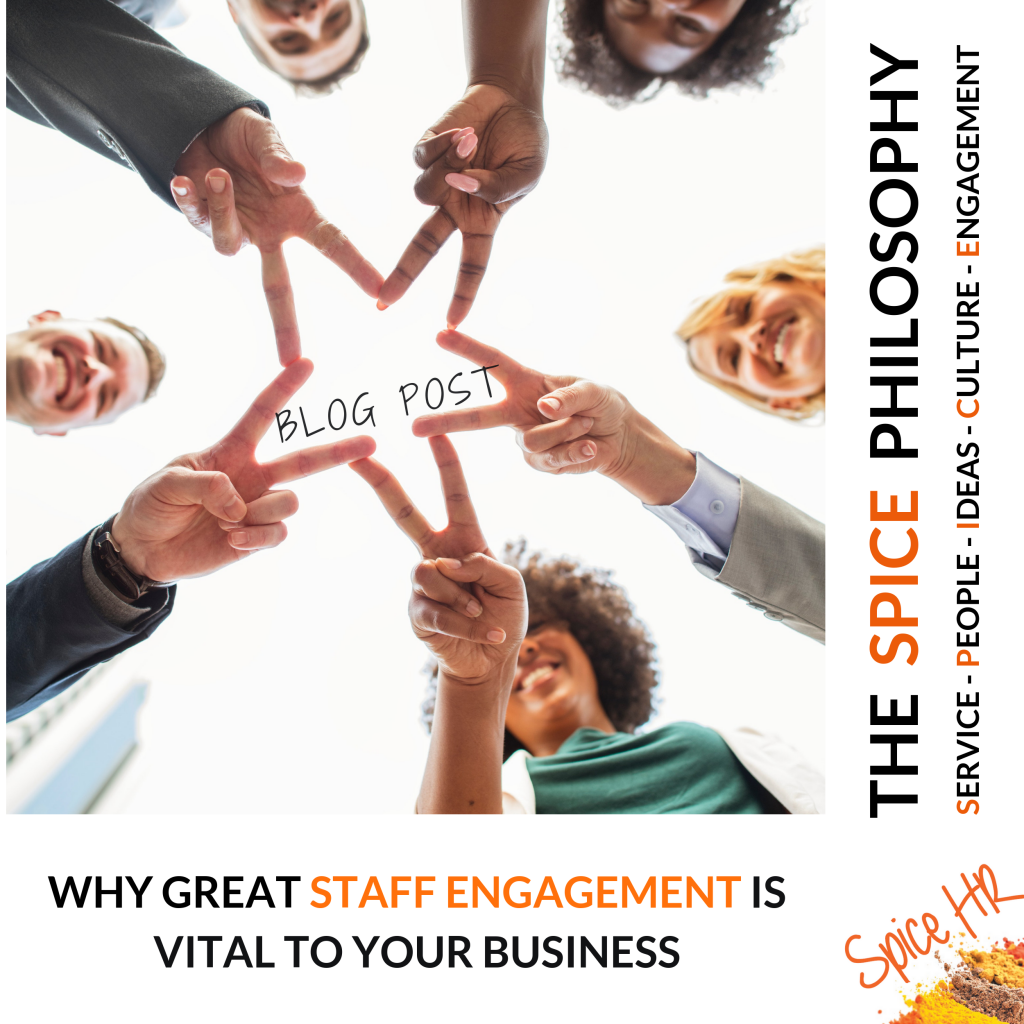
Communication begins the second we’re born.
We soon discover that making loud noises usually gets us what we want! Hopefully for most of us, our communication skills become much more advanced from then on. Though, you may meet the odd person who seems to still operate on this premise.
In business, as in life, communication is essential for survival. Done effectively, it helps your team be happy, creative, and productive.
Think about all the positive attributes you want your team to possess – trust, loyalty, efficiency, passion for the job (and the business as a whole), and commitment. Good communication is essential in creating each of these factors.
Let’s dive a little deeper into why good communication is essential to your business.
Why Good Communication Is So Important
Creating Buy-In
If an employee doesn’t understand or buy-in to the values and purpose of your organisation, they are unlikely to go the extra mile in any aspect of their role. So basically, you end up with someone who clocks in and out and does the bare minimum.
However, when you are able to effectively communicate your company’s “why,” you start to build a sense of belonging.
When employees understand how their role contributes to the bigger picture, they will take more pride in their work and serve as powerful advocates for your business. The side effects of buy-in include engagement and loyalty.
Increasing Productivity
Productivity is a key component of a successful business. Without being productive, you and your team are just wasting your own time… and company time.
One sure-fire way to increase productivity is to work on communication within your organisation. To do their job well, employees need to understand what is required of them. With the right information, they can do that job faster and more effectively.
Foster A Positive, Happy Workplace Culture
Nothing builds resentment faster than not listening to your employees – which equates to not valuing or respecting them. Communication is not a one-way street that only goes from the top-down. You must allow two-way communication. That means giving employees an avenue to voice their ideas and opinions without fear of being shut down.
It’s incredibly empowering for people to trust that if they bring a concern or idea to a manager, they will be heard. And who better to know how to improve the way things are done within your organisation than the people doing them!?
Building Cohesive Teams
Small issues can quickly develop into major HR issues in a workplace environment. Good communicators know how to listen without overreacting, which is essential in preventing misunderstandings and conflict.
Teams that work well together naturally create good morale, which, of course, is great for productivity!
Inspire Innovation and Creativity
When you encourage everyone in your organisation to openly share ideas, you foster an environment of innovation and creativity. Your employees are your biggest asset. They know the business inside out and potentially have so much to offer.
But if you make them feel as if their voices aren’t important, they’re not going to share these insights with others. Instead, foster an environment of open sharing. You never know what your team might come up with!
Building Trust
Trust is hard to earn and easy to lose. Trust affects engagement, culture, and ultimately, productivity, so you don’t want to lose it. Communicating clearly helps managers to be transparent, which in turn builds trust throughout the entire organisation. Down the line, this translates to transparency and trust among your customers and clients.
Encouraging multi-directional, good communication within your teams shouldn’t be an afterthought. It should be one of the foundations of your business strategy. If this is an area you think needs some work, trust us –it’s well worth the time and effort to improve.
Luckily, the Spice Gals are here to help you develop great communication within your business. Get in touch with us today if you want to discuss the power of communication further.



 Today’s workforce is a different beast than it was even one generation ago. The rapid advancement of technology and the power of the internet has transformed the way many people approach their careers.
Today’s workforce is a different beast than it was even one generation ago. The rapid advancement of technology and the power of the internet has transformed the way many people approach their careers. If you had the choice, would you rather eat a bowl of plain rice or a delicious, spice-filled curry?
If you had the choice, would you rather eat a bowl of plain rice or a delicious, spice-filled curry?

